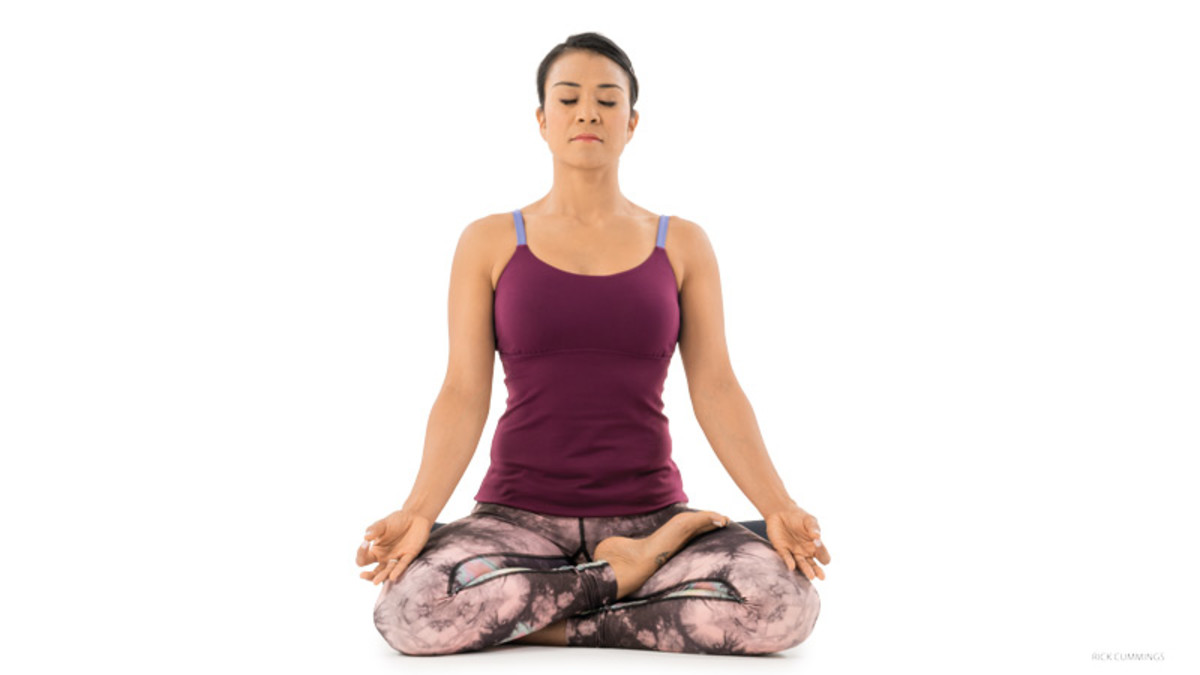Here’s how to meditate while on the move
Although mindfulness meditation is commonly practiced while sitting still, new studies have come out in favor of moving meditation, a practice that doesn’t require you to sit cross-legged on a pillow as you count your breaths. One study found that moving meditation, the kind seen in yoga and tai chi, had the potential to reduce anxiety and stress. The researchers theorized that the slow, purposeful movements within these practices were a key aspect because they grounded us.
Mindful meditation works because it can “enhance ‘grounding,’ which is the subjective feeling and objective state of being more stably connected to the ground,” the study states. “It seems likely that this experience would help increase the sense of self-efficacy, balance, and confidence … and might help to stabilize mood swings and reduce depression and anxiety.”
And if you don’t know tai chi, you can always walk. According to New York-based therapist and psychiatrist, Marlynn Wei, walking meditation begins by walking without a hurry. No need to pump your arms or rush towards a destination. The goal is in the journey. Once you’ve started your leisurely stroll, here are some questions Wei recommends you can ask yourself as you’re walking:
- How does it feel when your back foot lifts?
- How does it feel when your heel touches the ground, and your weight shifts forward?
- How does it feel when your weight shifts forward and passes to the next foot?
The goal within these questions is to get you to pay attention to how your body moves and feels. These different forms of meditation show us that the sensations within the movements of our bodies can have an outsized impact on our minds. And lucky for us, this is not hard for us to do.
Adding this practice into our workdays can be as easy as getting up and going for a walk outside on our lunch break.
From: Ladders



